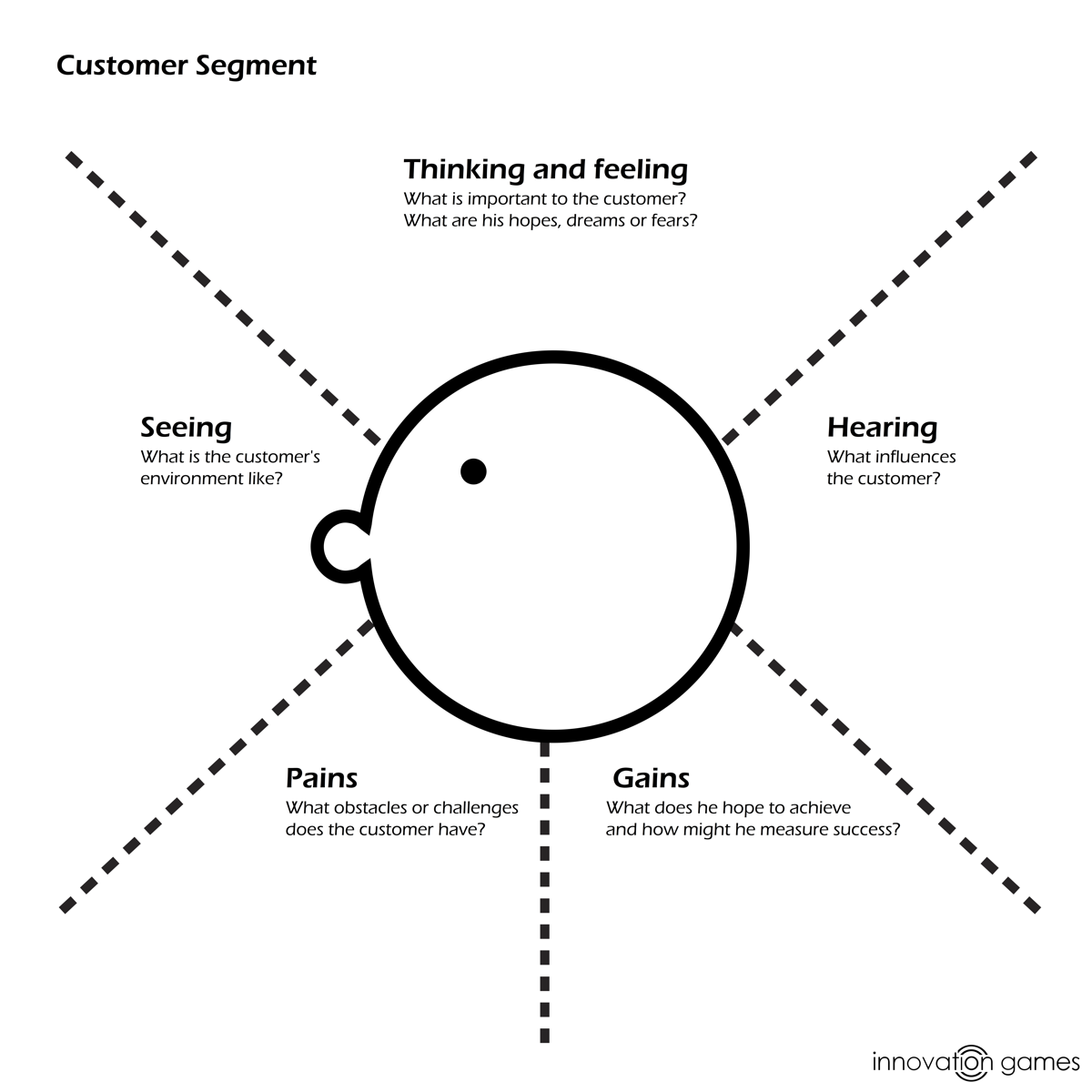 I try to predict anything that could go wrong with a project and then come up with a plan to mitigate the problem.
I try to predict anything that could go wrong with a project and then come up with a plan to mitigate the problem.
Back in the day of Prince 2, project managers created a Risk Register. However, in my experience, they were rarely designed with the user in mind. Newer Agile and Lean methodologies do away with the need of the Risk Register. The iterative nature of development means that the project can roll with the punches but I still believe that getting the project team to give some thought to possible project outcomes (both positive and negative) isn’t necessarily a bad thing.
With this in mind I designed a quick workshop exercise that I used last week during the final stages of Sprint 0. Feel free to adapt and let me know if you have any suggestions. (Hat tip to Gamestorming from where I borrowed the game format)
TITLE – Empathy Quotes
OBJECTIVE – The objective of this exercise is to get the team to think of possible user reactions to the launch of your product. It also gives all team members a chance to air any possible concerns they have before a project starts.
NUMBER OF PLAYERS – 3-10 (if possible include all the project team including stakeholders)
DURATION OF PLAY – 15-30 minutes
HOW TO PLAY – Firstly get the team to identify all the parties who have an interest in the outcomes of the product and write these up onto a whiteboard. (The product I’m currently designing is for schools so our groups included students, teachers, parents and, because of the business importance, we also included senior stakeholders.)
Next hand out sticky notes to all of the team and then give them 5 minutes to individually write down as many likely quotes as they can think of from all the various parties both positive and negative.
When the 5 minutes is up get the team to take turns to read out their quotes and encourage the team to discuss their thoughts on the quote. The quotes can then be posted up under the various party titles and duplicates can be grouped.
STRATEGY – Get the team to talk about the quotes and give special attention to areas where the quotes have been grouped. Get the team to think about how they can capitalize on the positives and possible strategies for coping with any negative issues that may arise further down the line.
Keep hold of the quotes for the end of the project as they could also be used to refer back to when the product is launched.


